Hardware Compression: Both Capturing Video Signal and Compressing Video Signal are done by DSP chipset integrated on DVR Board. It doesn't need the computer's CPU to do this work. It's low cost of CPU and RAM resources. In this system the computer CPU's task focus on answering network request, streaming the video/audio to network and saving recorded data to local hard disk. Software Compression: The DVR Board only capture video signal but doesn't compress it, it is the computer CPU and RAM to do this compression work. It's high cost of CPU and RAM resources. In this system the computer CPU and RAM are often overloaded. It is easier to crash than hardware compression system.

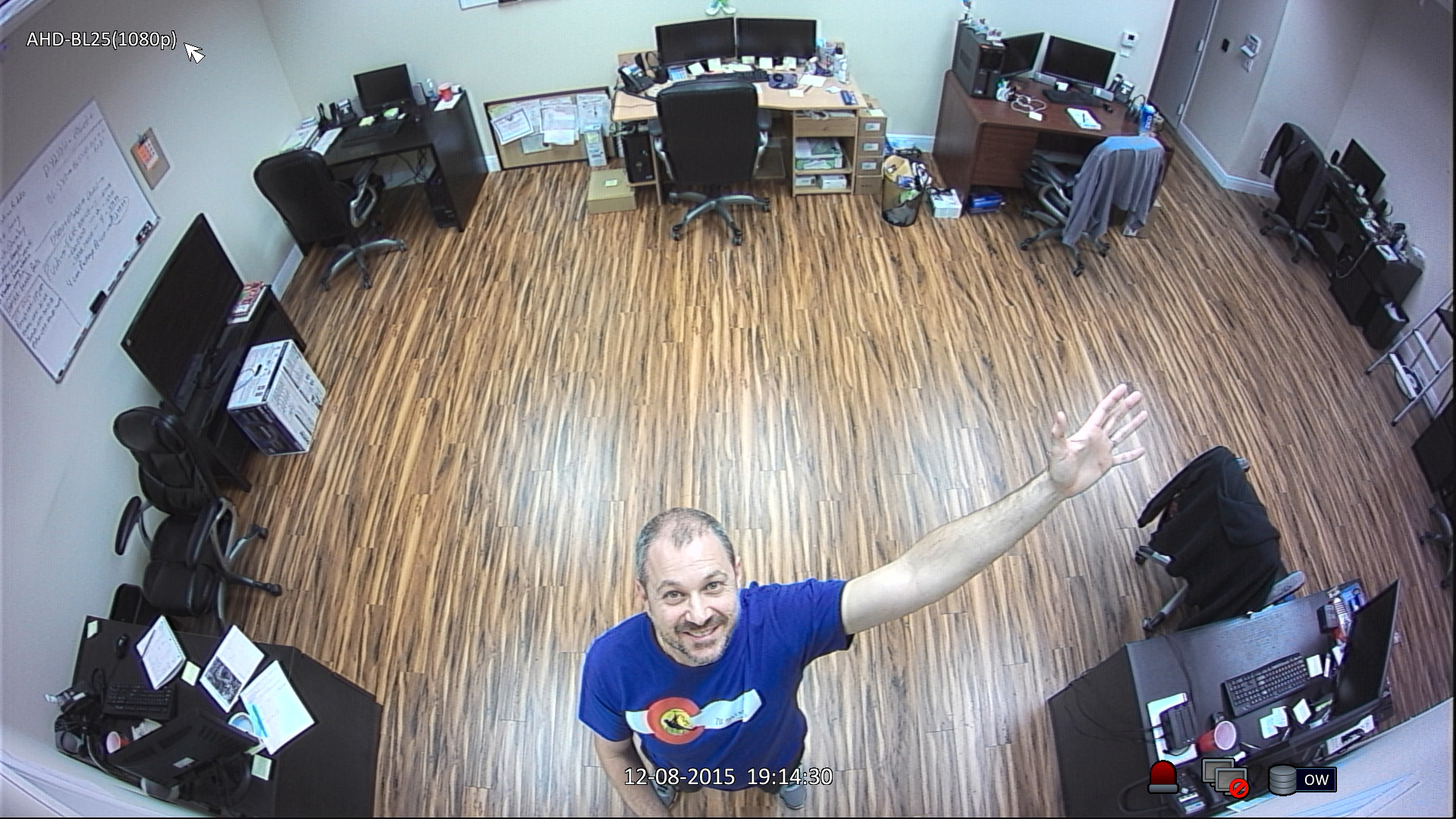
This in general is a comparatively difficult decision. Many aspects of the installation must be taken into consideration in order to obtain the correct performance that meets your requirements. A high-resolution camera should be considered where greater detail of scene is required. E.g. Color 460 TVL, Monochrome 570 TVL. Choosing a more sensitive camera will improve reproduction in poorly lit areas. The sensitivity of a camera is indicated by the minimum amount of light in order for the camera to produce a usable picture. e.g. Color 1.0 Lux at F1.2. A conventional camera produces a pale backdrop when an object is shot against a bright background. BLC (Back Light Compensation) will counter strong light sources retaining picture quality. Concentrated light sources directed towards the camera (e.g. car head lamps) can be inverted by an optional peak white inverter or an eclipser function. This has the effect of bringing detail to areas and making an object clear, that would otherwise be shadowed.
When setting the back focus of a Color camera for low light conditions you should place an ND1 (Neutral Density) filter in front of the lens. When setting the back focus of a Mono camera for low light conditions you should place an ND3 (Neutral Density) filter in front of the lens. When setting the back focus of a Mono camera fitted with I/R lighting for low light conditions you should place an IRP (Infra- Red Pass) filter in front of the lens.
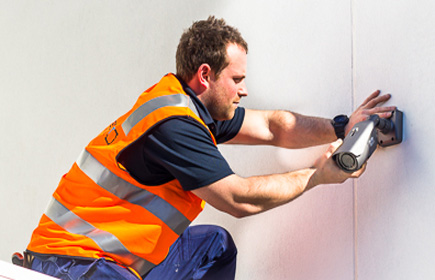
.jpg)
I have installed a new camera and lens why I am unable to obtain a sharp image? The most common resolve to this is to ensure that both camera and lens are the same mount i.e. 'CS' mount lens on a 'CS' mount camera and a 'C' mount lens on a 'C' camera. What are OSD cameras? OSD (On Screen Display) cameras have a menu system within the camera assembly that can be accessed in order to set functions such as Iris levels, AGC on/off and most features of standard and advanced cameras.
This is achieved by following five simple steps. Set the physical focus of the lens to infinity (clockwise from the front). Aim the camera at the subject to be viewed. Release the camera back focus mechanism. Adjust the back focus to obtain the best possible picture. Secure the cameras back focus mechanism.
.jpg)
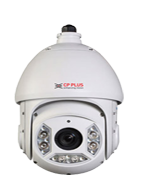
An Auto Iris lens is one that automatically adjusts its iris for changes in the scene lighting levels. The motor that opens and closes the iris is driven by an Amplifier that processes a small electronic signal changing with the light level. A Direct Drive 'DD' lens does not have this Amplifier and can only operate with a camera fitted with one. A camera specification will indicate the available output options.
Yes, lenses are usually specified as having a minimum and maximum 'f' stop rating; the 'f' stop is a measure of how efficiently the lens allows light from the scene, to pass through the lens and onto the camera CCD sensor. The maximum aperture (when the lens is fully open), is the minimum 'f' stop number and the minimum aperture, (just before the lens completely closes) is the maximum 'f' stop number. A low minimum 'f' stop number means that the lens can pass more light through during dark conditions, which will produce better pictures at night. A high maximum 'f' stop number may be necessary where there is a high level of light or reflection. This will prevent the camera 'whiting out'.
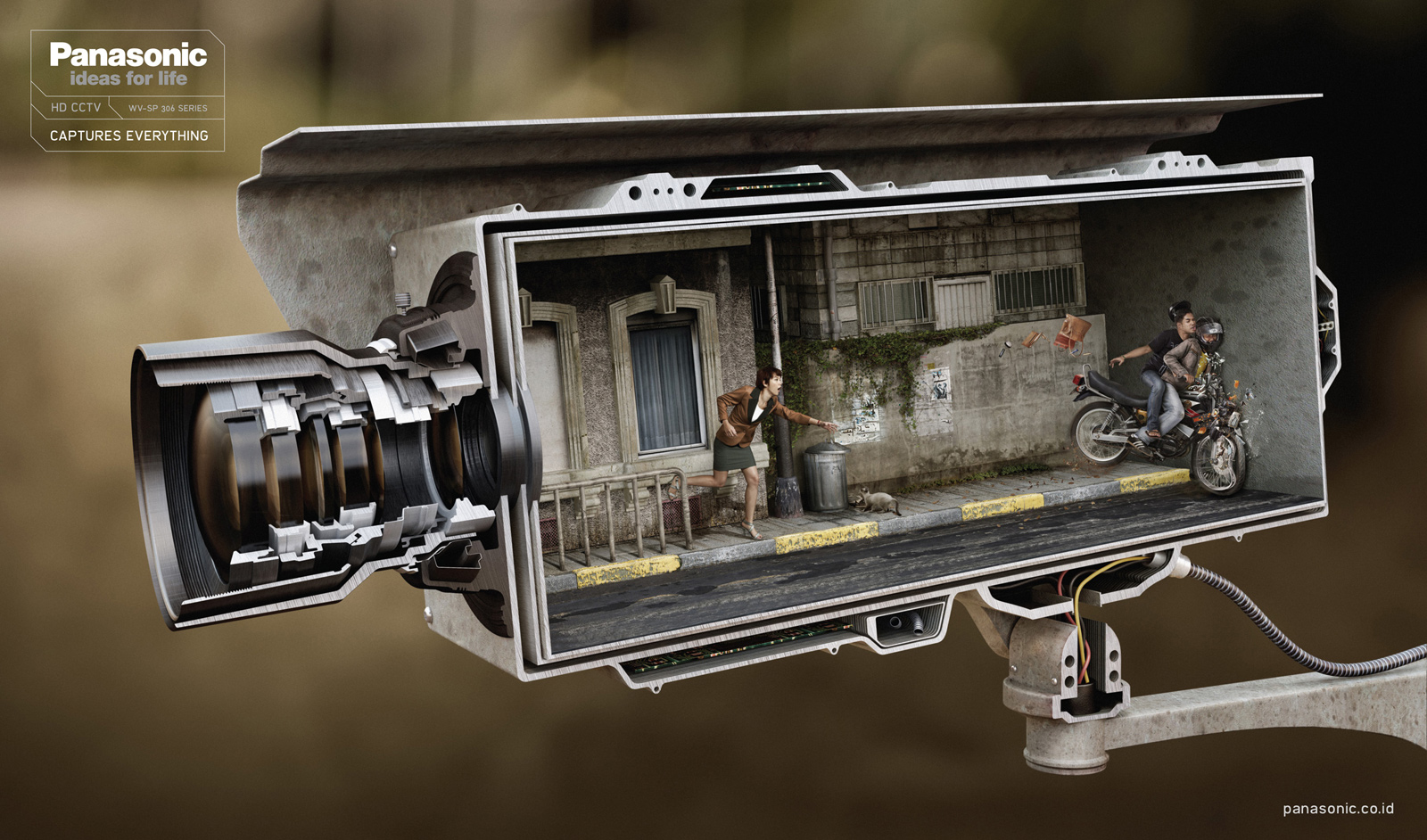
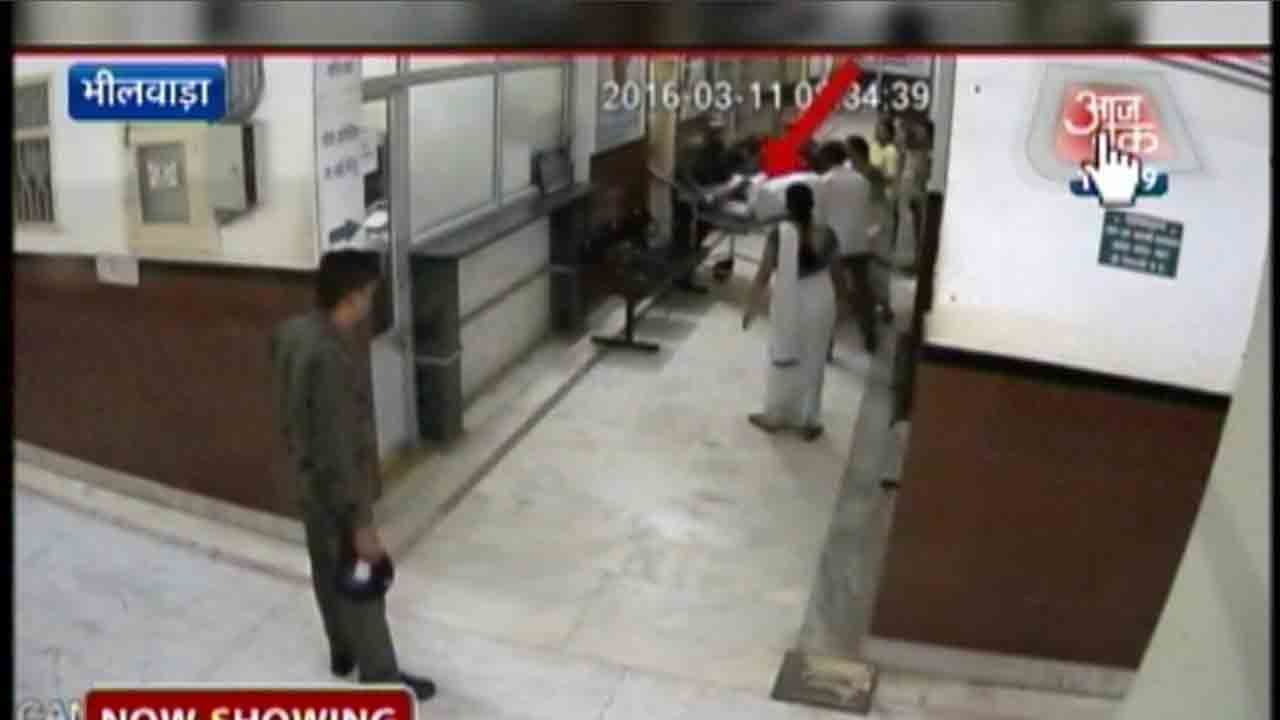
This can be achieved by following these steps. Set the lens to full wide angle view. Set the physical focus of the lens to infinity (clockwise viewed from the front). Aim the camera at an object at least 30 Meters away. Release the camera back focus mechanism. Adjust the back focus to obtain optimum clarity. Zoom the lens in to full telephoto and focus on a nearby object. Keep this object in view as you slowly zoom out and if all is set correctly it should remain in focus (track). Secure the back focus mechanism.
Digital CCTV, or Digital Closed Circuit Television, is the technology used in modern surveillance systems. Traditional ,VCR, CCTV pictures are sent via cctv cameras to a closed area, e.g. a CCTV Monitor, this type of CCTV is likely to produce lower resolution images and have to be displayed via cabling in the workplace. Modern Digital CCTV Systems can be operated remotely via a pc or mobile phone, can monitor various locations and can be monitored from wherever there is internet or GPRS Access. A History of CCTV Systems The saving of CCTV footage has changed in the last 5 years. The industry move has been away from analogue to Digital CCTV Systems: Analogue CCTV In the past, all CCTV Cameras were attached to a Multiplexor (A device that will split multiple camera pictures onto an individual CCTV Monitor). The Multiplexor then sends the analogue camera images to a Time Lapse Video Player. These are special CCTV recording devices that can record up to 960 hours of footage on a three hour Video Cassette. This method is still used today for simple CCTV installations but the quality of recording is usually very low (1 Frame Per 12.8 Seconds).

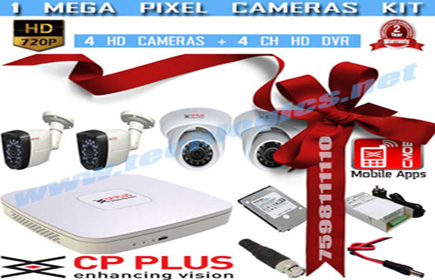
A WDR camera (Wide Dynamic Range) is used for capturing images of objects surrounded by a strong back light, while still keeping the background visible. WDR technology uses special high-speed CCDs to make two consecutive image scans to one picture. Non-WDR cameras just make one pass. The first scan captures images in the normal light condition. Right after, the camera captures the second image at high speed to capture the images that are in the strong light. The image processor then superimposes the two video images to provide a single picture that can see all areas. A typical use for a WDR camera is capturing scenes indoors that have large windows in the background with lots of sunlight. A WDR camera would enable you to capture both the indoor and outdoor/background scene clearly.
No. Our infrared security cameras (which use LEDs) are designed for both low light and lighted use, so daylight will not damage them. The infrared LEDs stay off during the day while it is light out and then turn on at night in the dark when they sense that the light is low enough. Outdoor bright light use in the day will not damage them in any way.

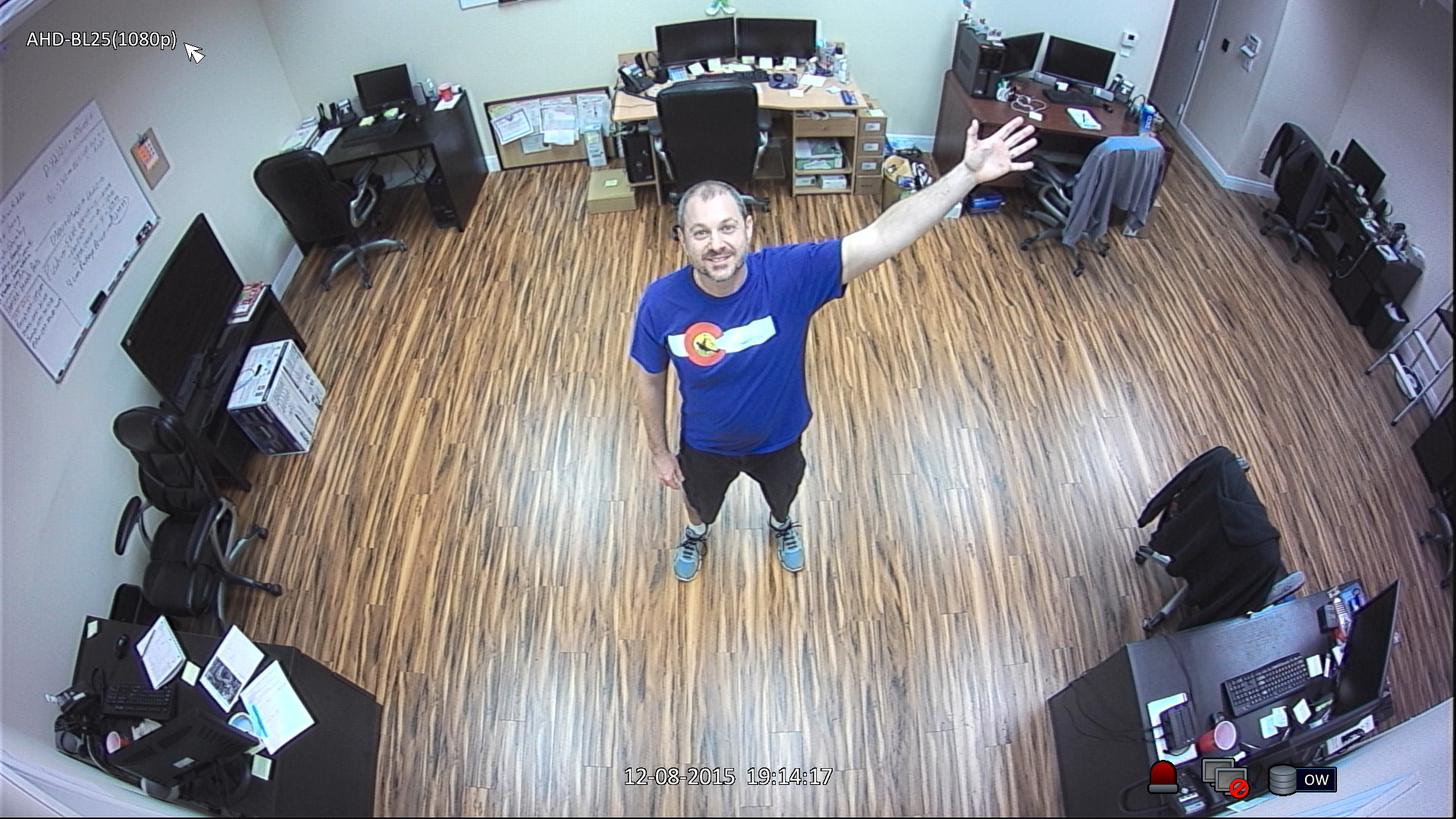
DVR stands for Digital Video Recorder. A Security DVR is capable of taking the video from digital or analog cameras and recording it into a digital format on a hard drive. It can record high quality video, maintenance free, for weeks or even months. An ideal replacement for time lapse VCRs.
Surveillance or security systems have become the need of the hour. Surveillance cameras not only provide a way of identifying the culprit in case of a crime, they also act as a deterrent for any potential incident in offices, educational and health institutions and even residences. With advancement in technology, security systems can now be customized according to the clients needs. for all our security system needs, visit our site www.globalitzone.in .
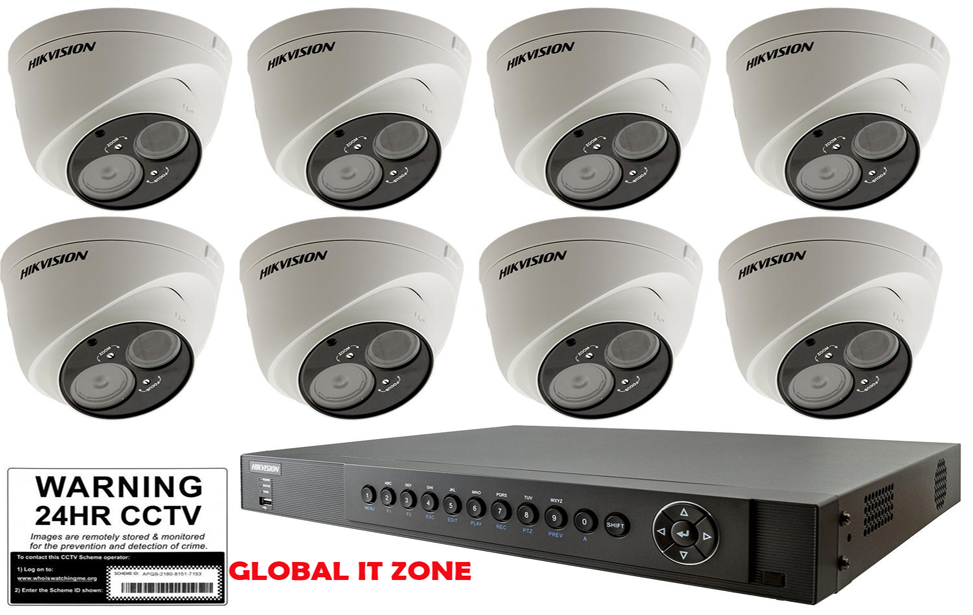
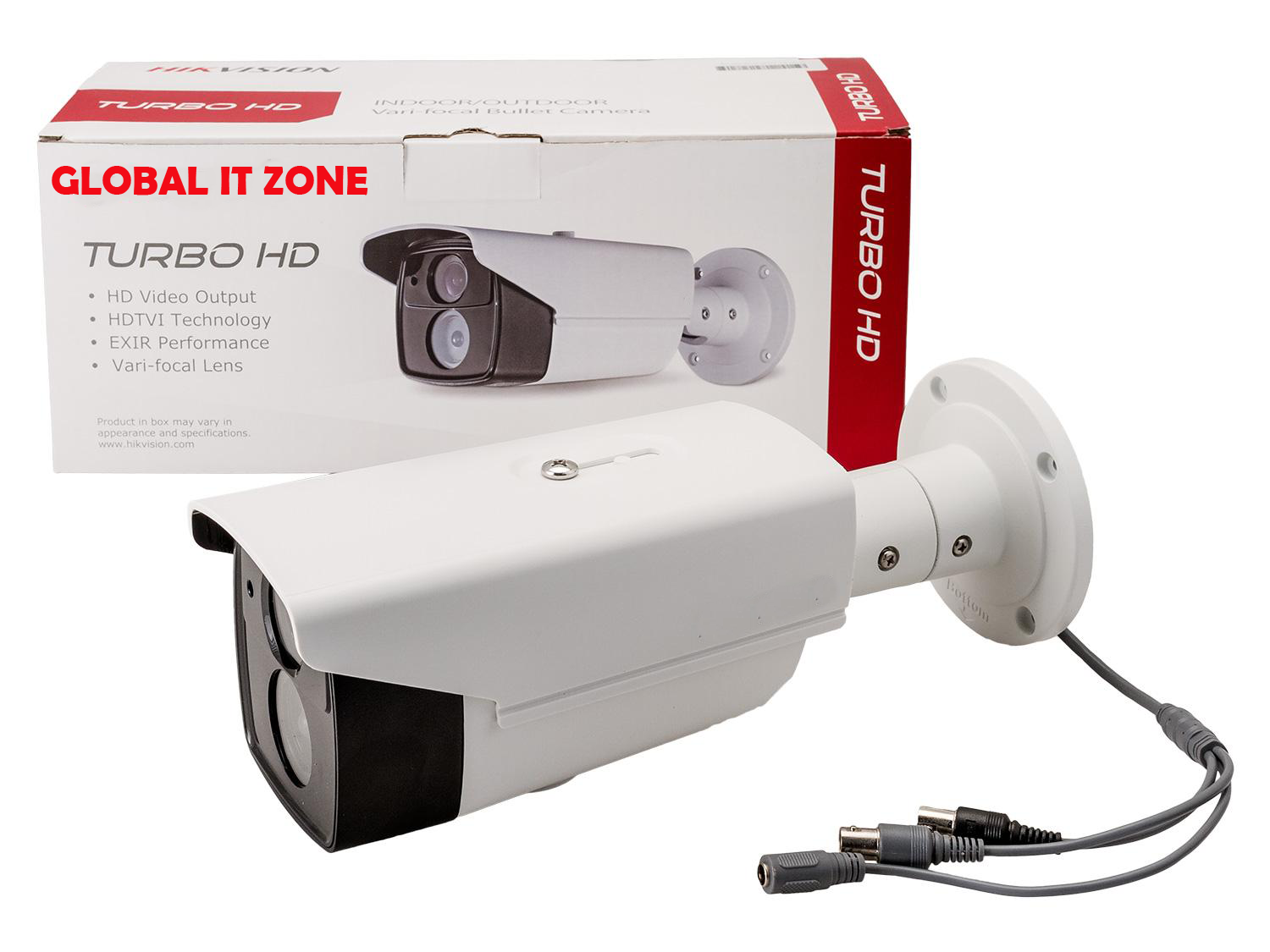
CCTV (Closed Circuit Television) is a visual surveillance technology designed for monitoring a variety of environments and activities. CCTV systems typically involve a fixed (or "dedicated") communications link between cameras and monitors. In the past decade, the use of CCTV has grown to unprecedented levels. In Britain between £150 and £300 million ($225 - $450 million) per year is now spent on a surveillance industry involving an estimated 300,000 cameras. Most British towns and cities are moving to CCTV surveillance of public areas, housing estates, car parks and public facilities. Growth in the market is estimated at 15% to 20% annually. Many central business districts in Britain are now covered by surveillance camera systems involving a linked system of cameras with full pan, tilt, zoom and infrared capacity. Their use on private property is also becoming popular. Increasingly, police and local councils are placing camera systems into housing estates and red light districts. Residents Associations are independently organizing their own surveillance initiatives. Tens of thousands of cameras operate in public places,; in phone booths, vending machines, buses, trains, taxis, alongside motorways and inside ATMs. The video surveillance boom is likely to extend even inside the home. Andrew May, Assistant Chief Constable of South Wales, has urged victims of domestic violence to conceal video cameras in their homes to collect evidence. The technology is already being used in hospitals to support covert surveillance of parents suspected of abusing their children. The limits of CCTV are constantly extended. Originally installed to deter burglary, assault and car theft, in practice most camera systems have been used to combat 'anti-social behavior', including many such minor offenses as littering, urinating in public, traffic violations, obstruction, drunkenness, and evading meters in town parking lots. They have also been widely used to intervene in other 'undesirable' behavior such as underage smoking and a variety of public order transgressions. Other innovative uses are constantly being discovered. When combined with observation of body language, the cameras are particularly effective in detecting people using marijuana and other substances. These systems are used increasingly to police public morals and public order. According to a glossy UK Home Office promotional booklet, 'CCTV: Looking out for you', the technology can be a solution for such problems as vandalism, drug use, drunkenness, racial harassment, sexual harassment, loitering and disorderly behavior. CCTV is very quickly becoming an integral part of crime control policy, social control theory and 'Community consciousness'. It is promoted by police and politicians as primary solution for urban dysfunction. It is no exaggeration to conclude that the technology has had more of an impact on the evolution of law enforcement policy than just about any technology initiative in the past two decades. CCTV is a seductive technology. In a public policy domain which is notoriously rubbery, CCTV has a solid, "Sexy" and powerful image. It has become an icon for security and - for politicians - its promotion is guaranteed to create a feel-good response. When people are frightened of crime and criminals, critics of CCTV are often portrayed as enemies of the public interest. While Britain is clearly the lead nation in implementing CCTV, other countries are quickly following. North America, Australia and some European countries are installing the cameras in urban environments which a few years ago would most likely have rejected the technology.
The modern CCTV system involves a linked system of cameras with full pan, tilt, and zoom able to be operated remotely from a control room. These systems may involve sophisticated technology. Features can include night vision, computer assisted operation, and motion detection facilities which allows the operator to instruct the system to go on red alert when anything moves in view of the cameras. Camera systems increasingly employ bullet-proof casing, and automated self defense mechanisms which - as with the Liverpool system - ensure that cameras under attack are covered by neighboring cameras These can be legitimately described as military style systems. The clarity of the pictures is often excellent, with many systems being able to recognize a cigarette packet at a hundred metres. The systems can often work in pitch blackness, bringing images up to daylight level.
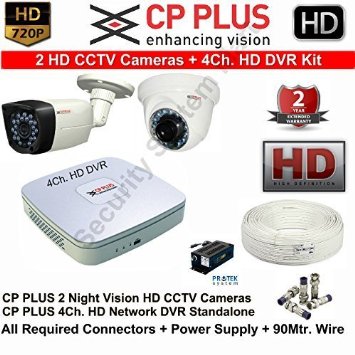
Glowing reports of the effectiveness of CCTV are announced regularly. Strathclyde police in Scotland recently claimed a 75 per cent drop in crime following the installation of a £130,000 closed circuit TV system in Airdrie. Not only are people delighted because they are no longer afraid to go out shopping, say local police, but even criminals welcome the chance to prove their innocence by calling on evidence from the cameras. In King's Lynn, burglary and vandalism in the industrial estate has dropped to a tiny fraction of its original level. Crime in car parks has dropped by ninety per cent. People say they feel safer. Indeed they should. Assaults and other violent crimes appear also to have been decimated in the center of town. The government believes this is because CCTV deters 'opportunistic' crime, where people take advantage of a situation on the spur of the moment. Phillip Edwards from the Home Office Crime Prevention Unit says the government is using CCTV as part of a long term plan to reduce overall crime. "Today's opportunist is tomorrow's professional criminal. If we decrease the number of opportunities for easy crime, we can reduce the number of people becoming professional criminals". The logic, and the statistics, are superficially impressive, but some analysts are not convinced. In a report to the Scottish Office on the impact of CCTV, Jason Ditton, Director of the Scottish Centre for Criminology, argued that many claims of crime reduction are little more than fantasy. "All (evaluations and statistics) we have seen so far are wholly unreliable", The British Journal of Criminology went further by describing the statistics as "....post hoc shoestring efforts by the untrained and self interested practitioner ". The crime reduction claims being made by CCTV proponents are not convincing. Three recent criminological reports (Home Office, Scottish Office and Southbank University) have discredited the conventional wisdom about the cameras effectiveness. In a report to the Scottish Office on the impact of CCTV, Jason Ditton, Director of the Scottish Centre for Criminology, argued that the claims of crime reduction are little more than fantasy. "All (evaluations and statistics) we have seen so far are wholly unreliable", The British Journal of Criminology described the statistics as "....post hoc shoestring efforts by the untrained and self interested practitioner." In short, the crime statistics are without credibility. The crime statistics rarely, if ever, reflect the hypothesis that CCTV merely displaces criminal activity to areas outside the range of the cameras. One of the features of current surveillance practice is that the cameras are often installed in high-rent commercial areas. Crime may be merely pushed from high value commercial areas into low rent residential areas. Councils often find that it is impossible to resist demands for such systems. There is an additional element of displacement that should be of particularly concern to all communities. Since the growth of CCTV as the primary means of crime prevention, more traditional, community based measures have been discarded. A Scottish Centre for Criminology report on CCTV in Airdre was unable to rule out displacement as a factor, while various studies in other countries indicate that burglars and other criminals will travel long distances to commit crimes. Discussing the justification for establishing a surveillance system of 16 cameras in Manchester, Gordon Conquest, chairman of the city centre sub committee of Manchester Council, candidly admitted "No crackdown on crime does more than displace it, and that's the best we can do at the moment." The Crime Prevention Unit of the Home Office appears to agree. In 1993 it suppressed the findings of a survey on the crime impact of camera surveillance on the basis that the displacement effect had been all but ignored. In other words, crime may be merely pushed from high value commercial areas into low rent residential areas. One of the features of current surveillance practice is that the cameras are often installed in high-rent commercial areas. Councils often find that it is impossible to resist demands for such systems. The trend is fueled in part by the insurance industry, which in some towns is offering a thirty per cent reduction in premiums to local retailers who pay a contribution to a CCTV levy system. A nationwide insurance discount scheme is currently being negotiated, and should be in place by 1996. Some police also concede that CCTV displaces crime. Richard Thomas, Acting Deputy Chief Constable for Gwent, recently told the BBC's Andrew Neil that he believed CCTV pushed some crime beyond the range of the cameras. And in his interview with 20/20, Leslie Sharp said "Certainly the crime goes somewhere. I don't believe that just because you've got cameras in a city centre that everyone says 'Oh well, we're going to give up crime and get a job". The cameras are also creating a vastly increased rate of conviction after crimes are detected. Virtually everyone caught committing an offense on camera pleads guilty nowadays. Once people know they have been videotaped, they admit the offense immediately. Such is also the case in Newcastle, where the installation in 1992 of a 16 camera system has resulted in a 100 per cent incidence of guilty pleas. Police are delighted at the time and money they are saving from long and expensive trials. Some legal experts are a little more wary of the implications of these results, arguing that - like DNA evidence - juries can be seduced and defendants intimidated in equal proportions by evidence that might not normally stand up to scrutiny. Indeed some districts are now reporting that people are surrendering after the mere mention in newspaper reports that their alleged activities had been captured on CCTV.
GLOBAL IT ZONE is located in Patna the Capital of Bihar. We are best CCTV camera dealer in Patna. CCTV Patna is dealing in CCTV Camera, DVR, NVR, Security Camera, Power Cable and tools, access control system, alarm system, cctv camera price list in patna, fire alarm, cctv camera distributors patna, heat detector, stand alone smoke detector, optical smoke detector, gas detector and fire alarm. CCTV Camera Dealer in Patna Deals in CP Plus, cctv camera shop patna , cctv camera store in patna, cctv camera service provider in patna, CP PLUS HD CCTV Camera, Hikvision HD CCTV Camera, Honeywell, CP PLUS Wifi Camera, Cooper Safety, Zicom, Samsung, Honeywell, Cardax, Smarti, Panasonic, CP PLUS and HIKVISION. Patna is largest city of Bihar and second largest in eastern India and 19th largest city of India. CCTV Patna as also supplier and dealer of different type of Security camera such as HD Camera, IP Camera, Bullet Camera, PTZ Camera, Wireless Camera, Wifi Camera, Hidden Camera, DVR, Security Camera, NVR, Video Door Phone, Biometric, VDP, Analog Camera, Night Vision Camera, Network Camera, Spy Camera, Cube Camera, Pinhole Camera, Outdoor Camera, CP PLUS Store, Varifocal, Zoom Camera, Surveillance Camera, Digital Video Recorder, Door Bell, CCTV SMPS and Access Control in Patna BIHAR.
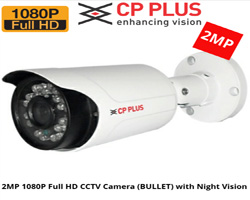
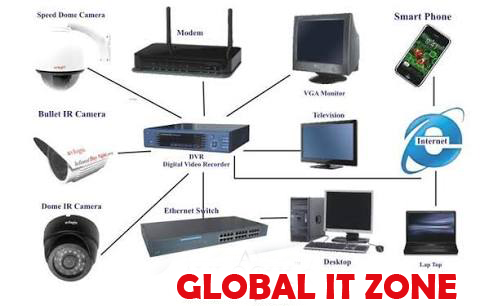
GLOBAL IT ZONE Network Camera or IP Camera is divided by resolution, body type and IR Range. CP Plus IP Camera resolutions range is 1MP, 1.3MP, 2MP, 3MP, 4MP, 4K, 4K 12MP, 6MP and 12MP. Its IP Camera is available in different body shape such as Box, Bullet, Cube, Dome, Fish Eye, PT Camera and Vandal Dome. IR Range network camera is 10mtr, 20mtr, 30mtr, 40mtr, 50mtr, 60mtr, 80mtr and 100mtr. CP plus network IP PTZ Camera resolution is 1.3mp, 2mp, 3mp, 4mp and 5mp while as IR is 30mtr, 100mtr, 150mtr, 150mtr and 500mtr. CP plus NVR is available is different channel such as 4ch, 8ch, 16ch, 32ch, 64ch and 128ch. IP Networks are many category such as projects model and indigo Series. CCTV camera Dealer & Distributor in Patna is CP Plus. CCTV camera is a type of TV systems that are used to store video and audio of place of installation and are mainly used for security. These are basically used for maintain security, monitoring traffic and to record any activity of camera installed. The closed circuit television is known as CCTV Camera and it is the system where a circuit is install that is responsible for element to transmit them in video. And these also have record system. These are mostly used as security camera at various places. We deal in various CCTV cameras in Patna.